Latest
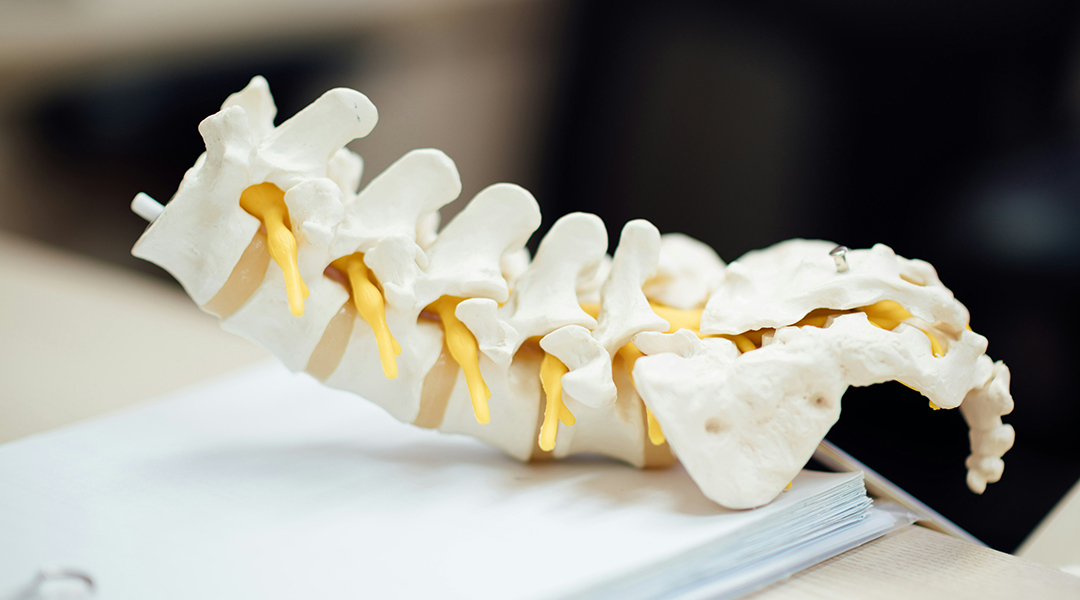
Using 3D printing to treat bone infections
A new biomaterial shows unprecedented success at eliminating bacteria that cause bone infections and promote the regrowth of injured bones.

A Big Ring in the sky challenges modern cosmology
The discovery of colossal structures like the Big Ring is reshaping established theories about the physics of the Universe.
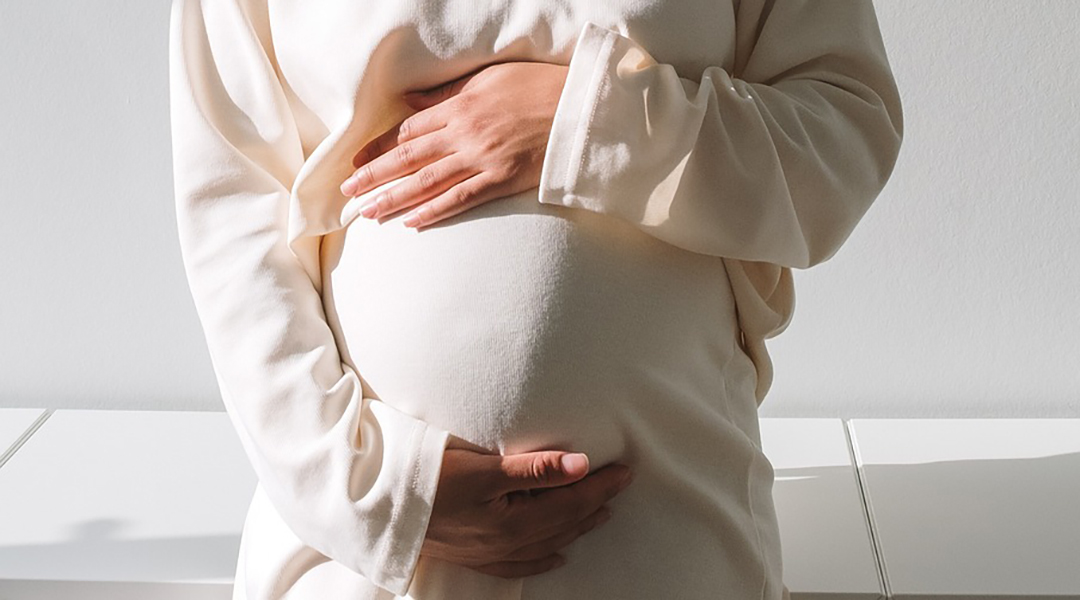
Routine test misses 70% of gestational diabetes cases
A new study urges doctors to turn to more dependable tests to prevent the development of type II diabetes in mothers and children.
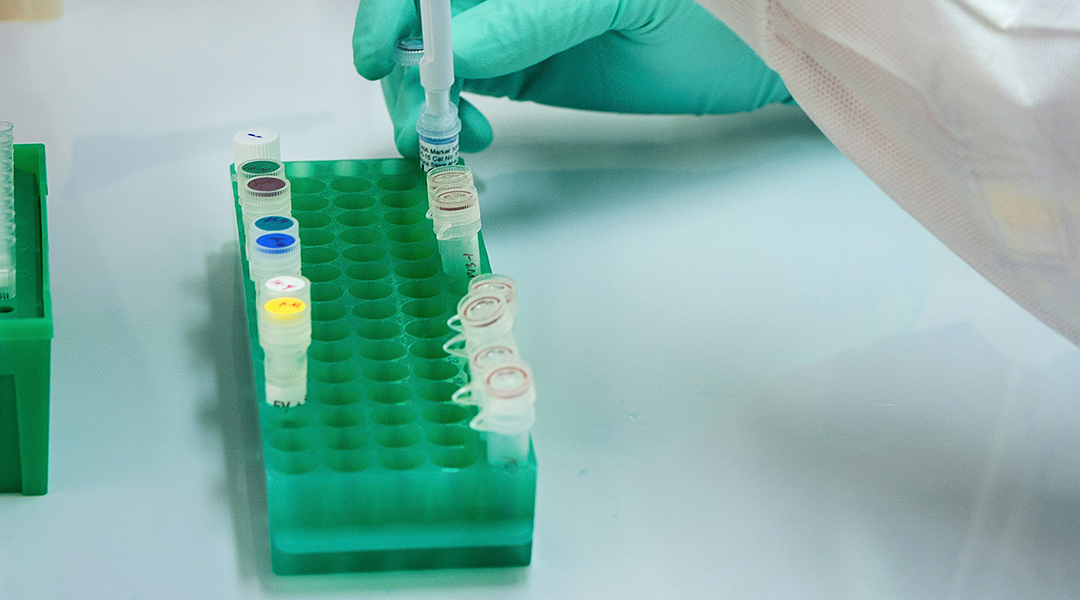
Decorated nanospheres boost chemotherapy and cut side effects
Scientists are using decorated nanoparticles to precisely target tumors with chemotherapy, effectively reducing side effects.

Anti-aging for lasers: Gallium nitride lasers get a longevity boost
Scientists have uncovered the cause of rapid degradation in powerful gallium nitride lasers and develop a solution to extend their lifespan.

Making spider silk from tobacco plants
Plant cells outperform yeast or bacteria in producing spider silk proteins, enhancing production efficiency.

Superconducting qubit promises breakthrough in quantum computing
A radical superconducting qubit design promises to extend their runtime by addressing decoherence challenges in quantum computing.
ASN Weekly
Sign up for our weekly newsletter and receive the latest science news directly to your inbox.
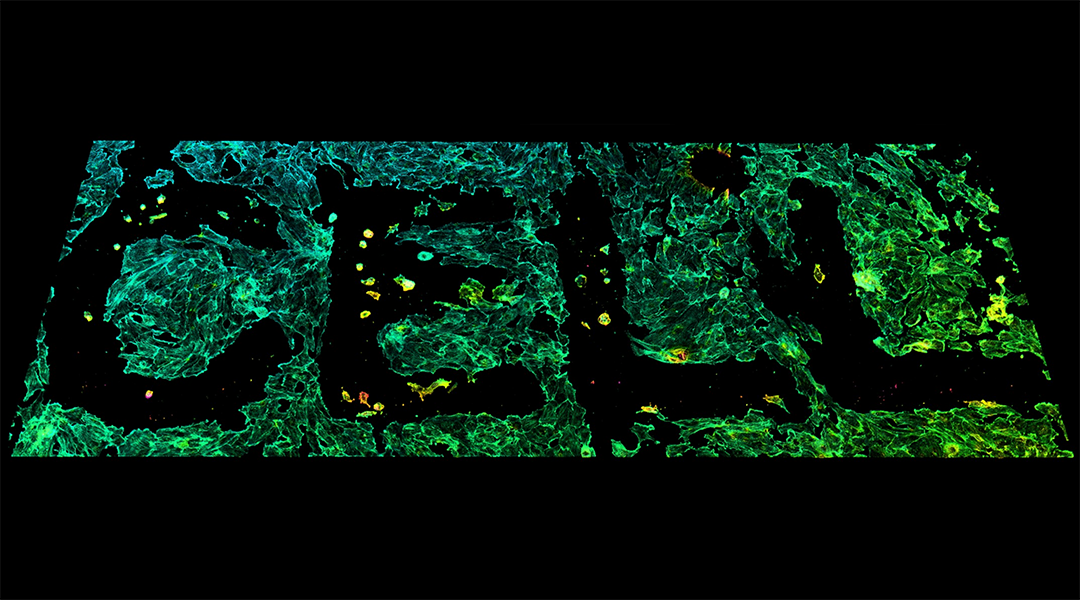
Uncovering the secrets of cellular organization
A 3D hydrogel model provides key insights into how cells sense and respond to elements of their environment.
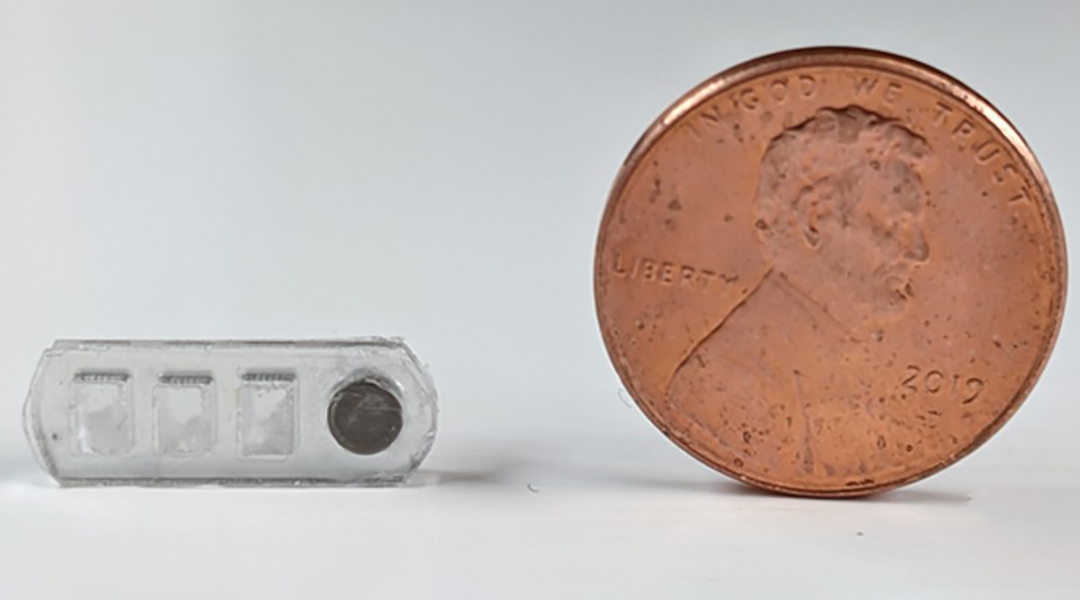
A robotic pill monitors disease in the gut
A robotic pill capable of collecting biomarkers, including proteins and bacteria, from the gut provides an easy-to-use disease screening tool.
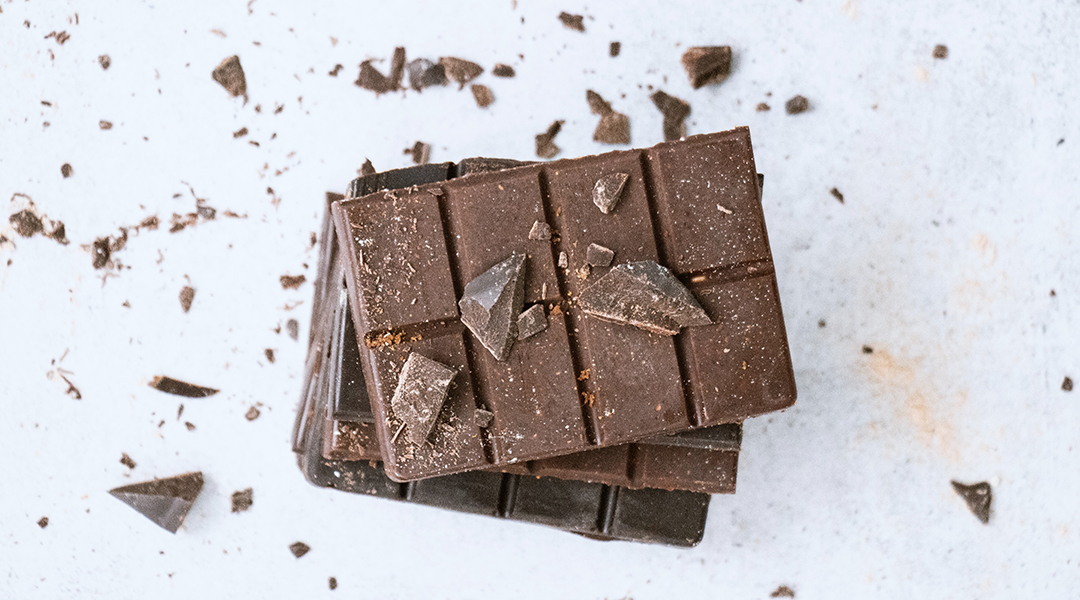
3D printing the perfect piece of chocolate
Researchers explore how manipulating the properties of chocolate metamaterials can change our enjoyment of it.
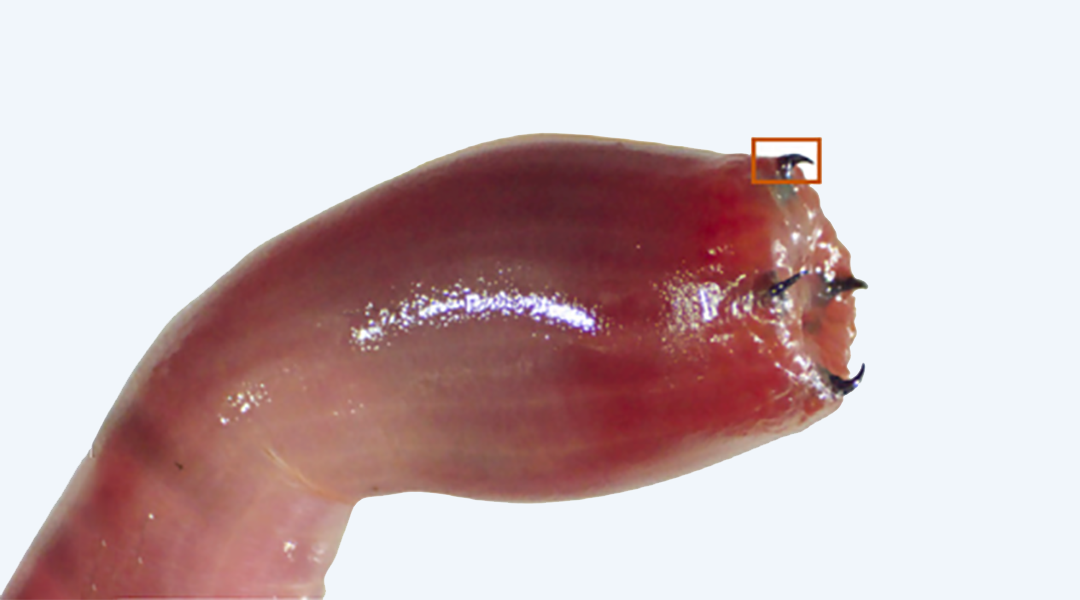
How bloodworms build their copper teeth
Scientists uncover how one small protein juggles multiple roles in shaping the bloodworm’s fang-like copper teeth.
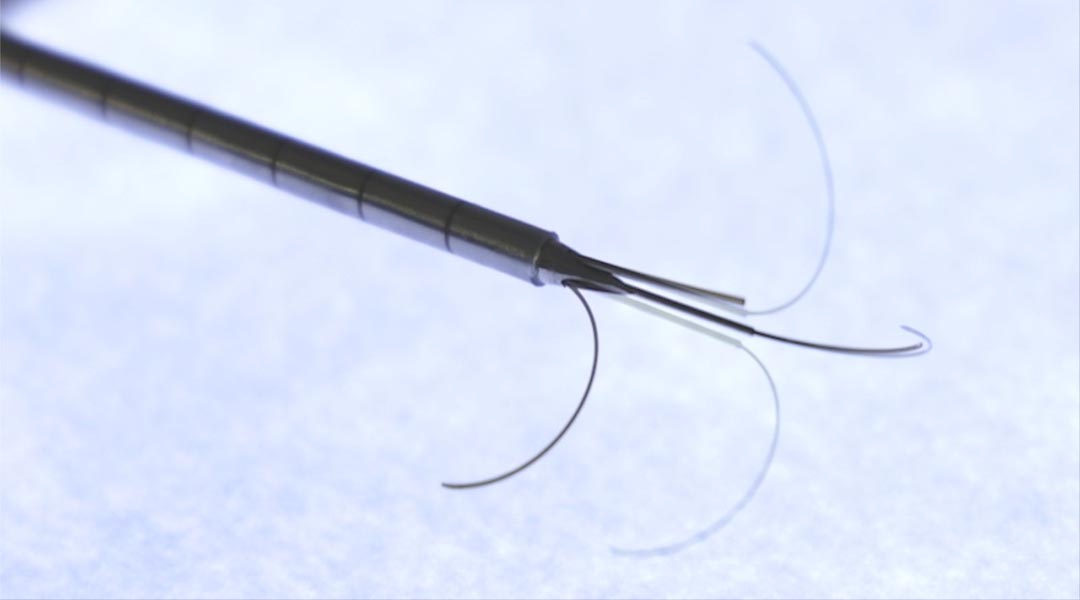
Heat-based cancer therapy with minimal side effects
A new proof-of-concept cancer therapy safely and accurately destroys cancerous cells with precisely delivered heat.
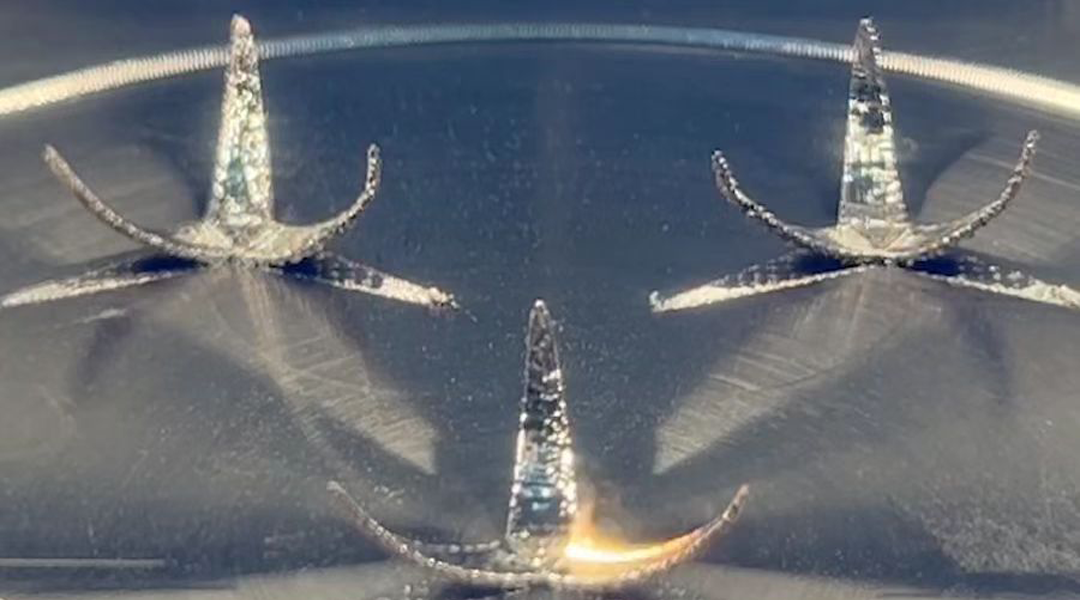
Laser-assisted 4D printing could open new avenues in science and technology
4D printing of metallic shape-morphing systems can be applied in many fields, including aerospace, smart manufacturing, naval equipment, and biomedical engineering.

Machines can impersonate humans, but the subconscious brain is not fooled
People cannot reliably tell whether a text is produced by a human or a machine — but subconscious neural activity reveals the true identity.
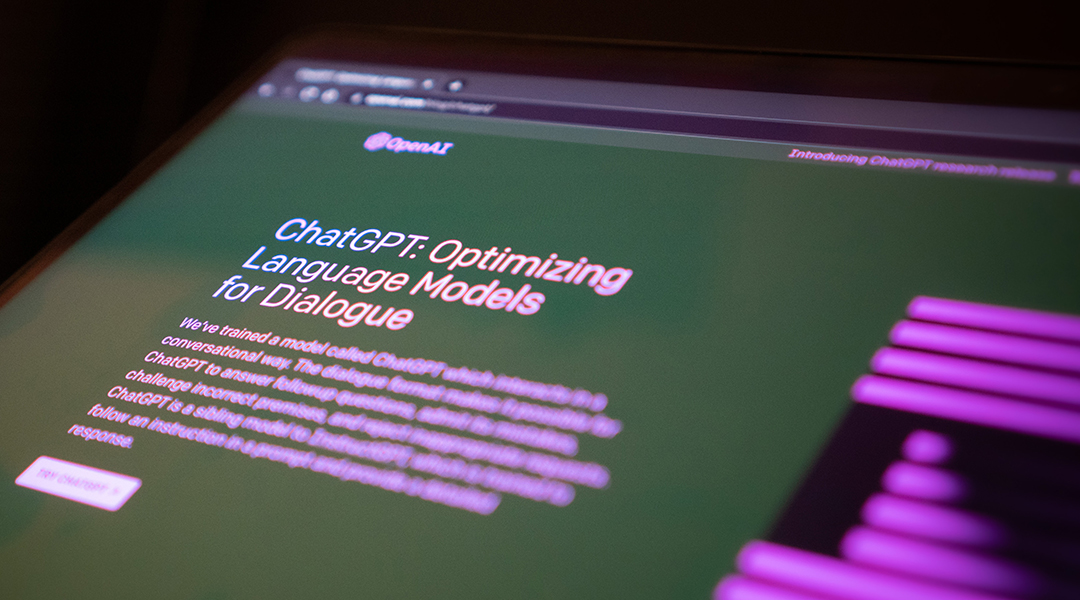
ChatGPT is making waves in the scientific literature
Crediting ChatGPT as an author on scientific papers has sparked debate around the role it should play in the scientific literature.
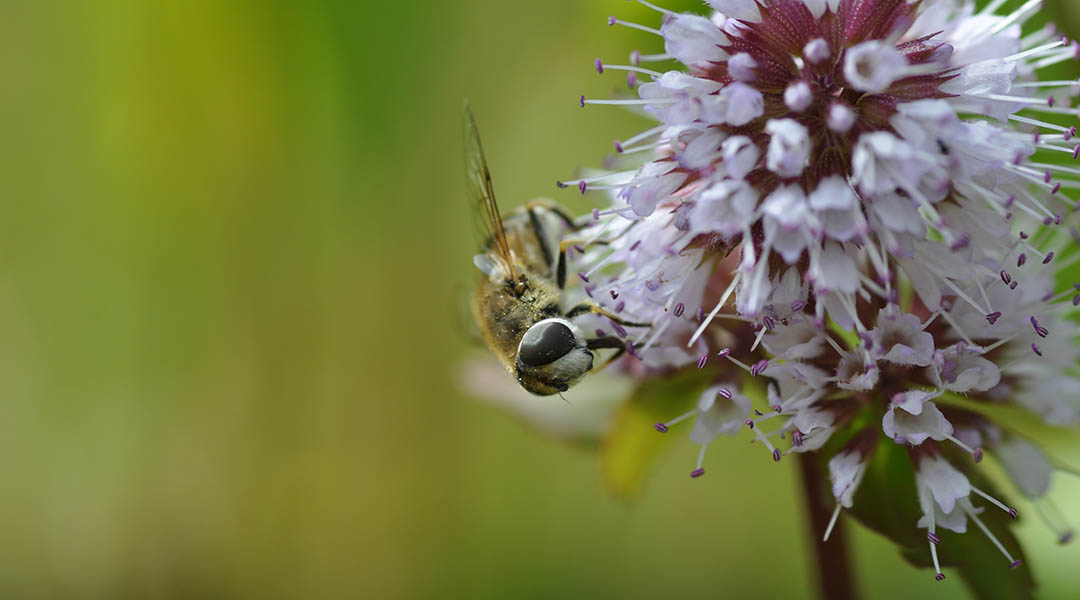
Century-long decline of pollinators in northern regions
Data collected over the last 100 years in northern Finland demonstrates drastic changes pollinator species linked to climate change.
No Results Found
The page you requested could not be found. Try refining your search, or use the navigation above to locate the post.
No Results Found
The page you requested could not be found. Try refining your search, or use the navigation above to locate the post.
No Results Found
The page you requested could not be found. Try refining your search, or use the navigation above to locate the post.
No Results Found
The page you requested could not be found. Try refining your search, or use the navigation above to locate the post.
No Results Found
The page you requested could not be found. Try refining your search, or use the navigation above to locate the post.

Scientists test the link between tiny subconscious gestures and stress
Capable of measuring stress through micro gestures “EmoSense” could find its way to wearable electronics in the future.
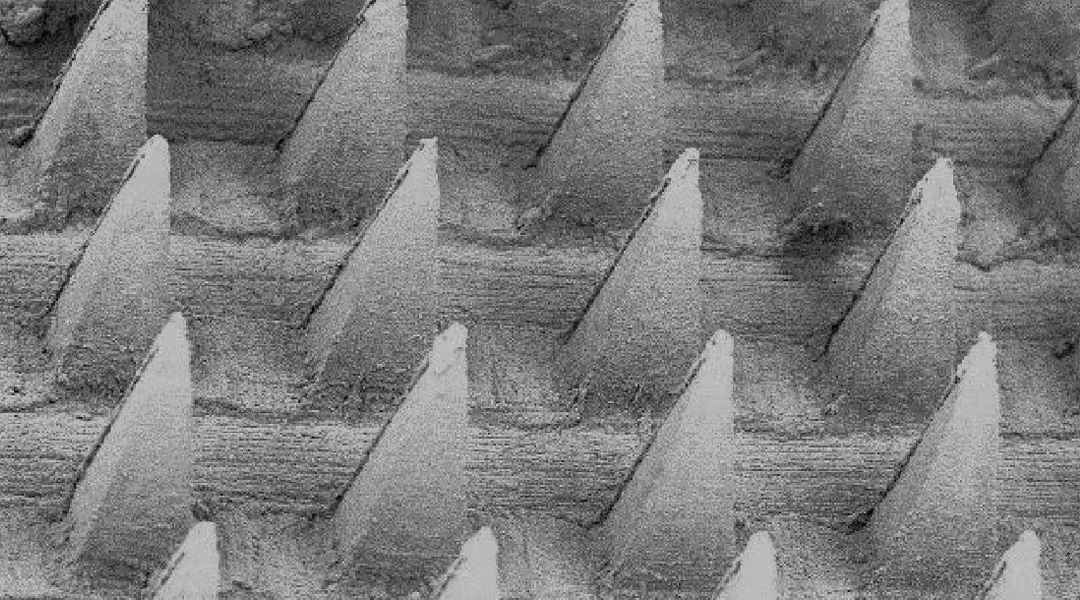
Making long-term microneedle therapies safer
Researchers demonstrate a technique for reliably coating microneedles with antibacterial agents
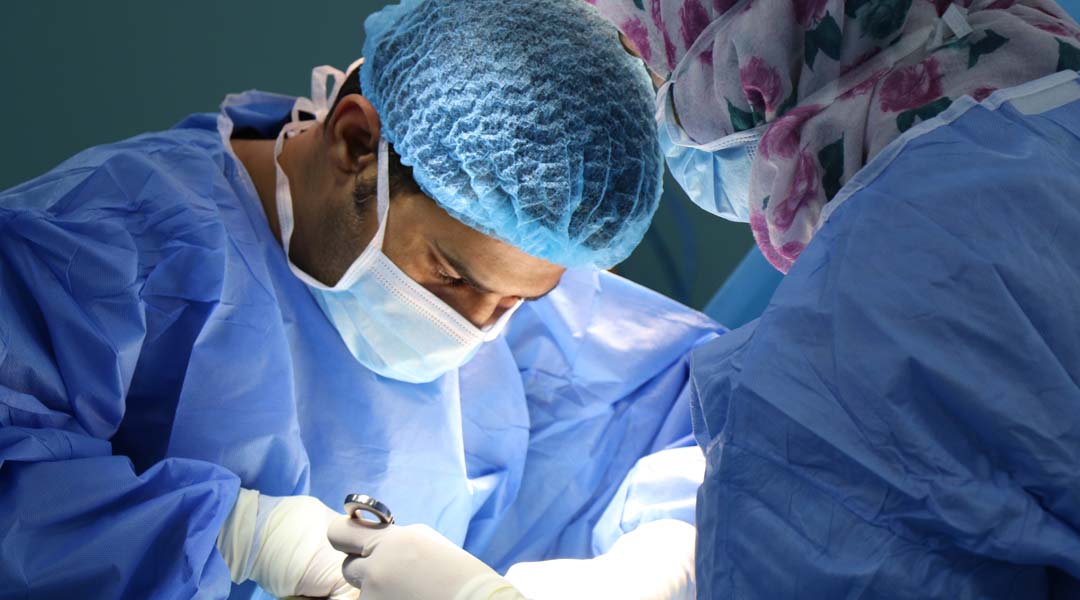
Sealant with integrated sensors rapidly detects leaks after stomach surgery
An acid sensitive hydrogel makes it possible to detect dangerous leaks before they cause damage.

Ozone pollution disrupts genes controlling circadian rythyms
Study finds air pollution, specifically ozone exposure, has a disruptive affect on the genes responsible for circadian rhythms in the lungs.
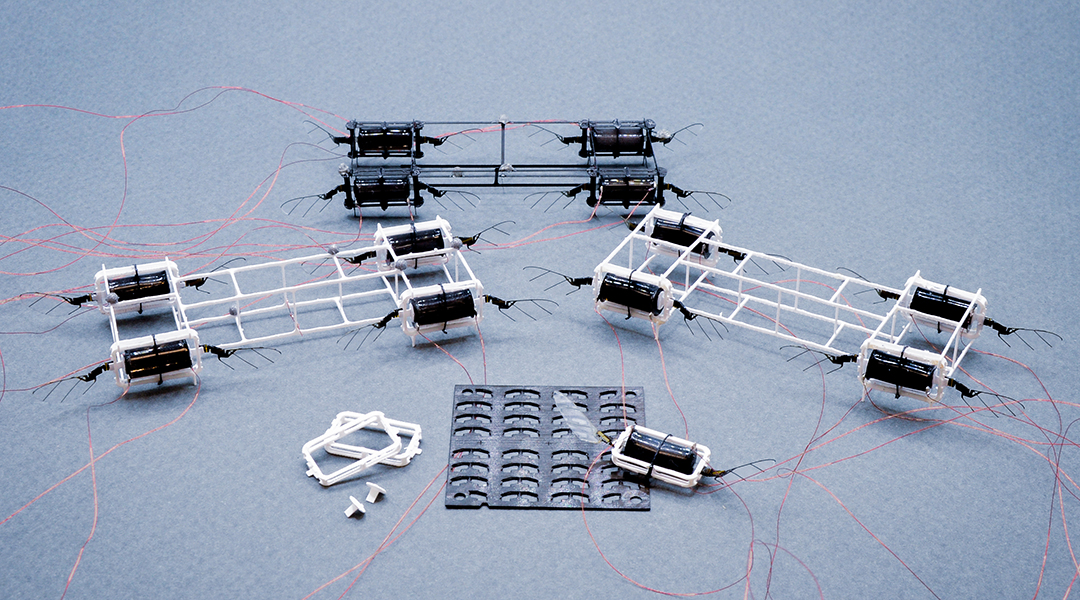
Robotic insects that fly in teams to lift objects
To make swarms of honeybee-sized robots, researchers propose new design and fabrication methods to cut down on time and resources.
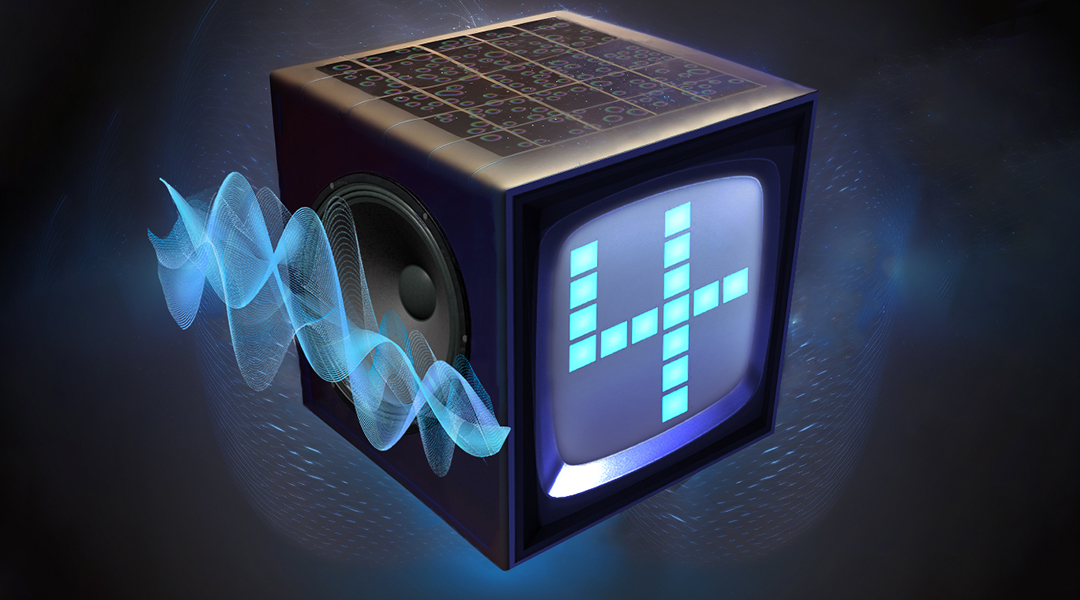
An inanimate material capable of voice recognition
A thin film composed of small magnetic whirls called skyrmions performs voice pattern recognition with an accuracy approaching 99%.
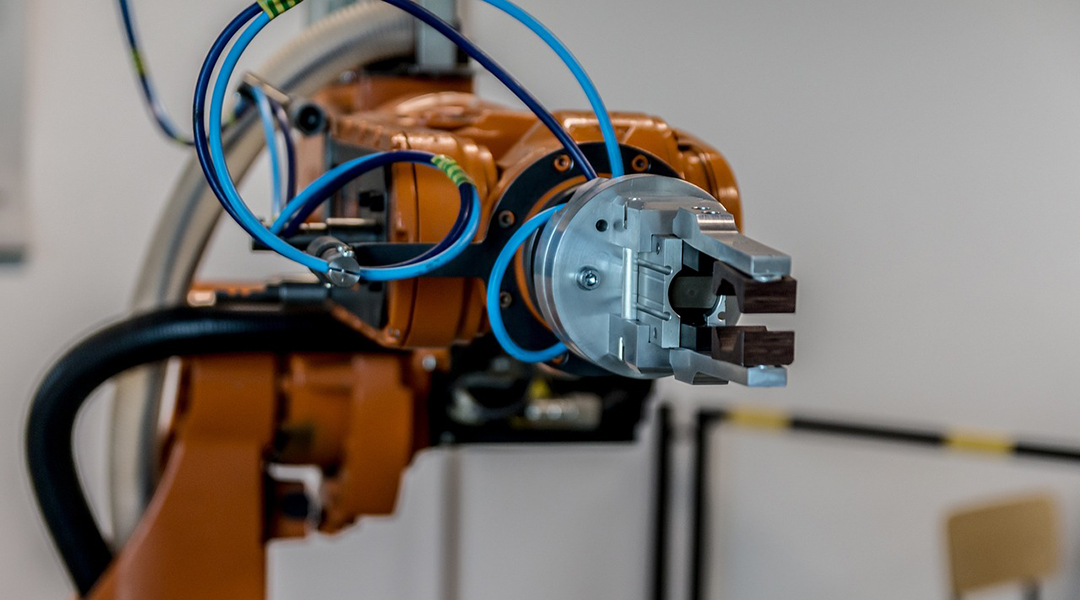
Eye tracker allows users to control robotic arm
An intelligent eye tracker allows for accurate, hands-free remote control of robots without the need for joysticks or other devices.

Using ice to make ultra-clean 2D materials
Using the adhesive properties of ice, researchers have developed a transfer method to move large sheets of 2D materials without breaking them.

Facing the risks climate talks pose to meaningful change
For many, the Paris Agreement was a breakthrough, yet its focus on cooperation and joint action is not enough to tackle the climate crisis.

How do we take the methane out of natural gas?
An MOF filters methane, nitrogen, and carbon dioxide from natural gas with record-breaking selectivity under practical conditions.
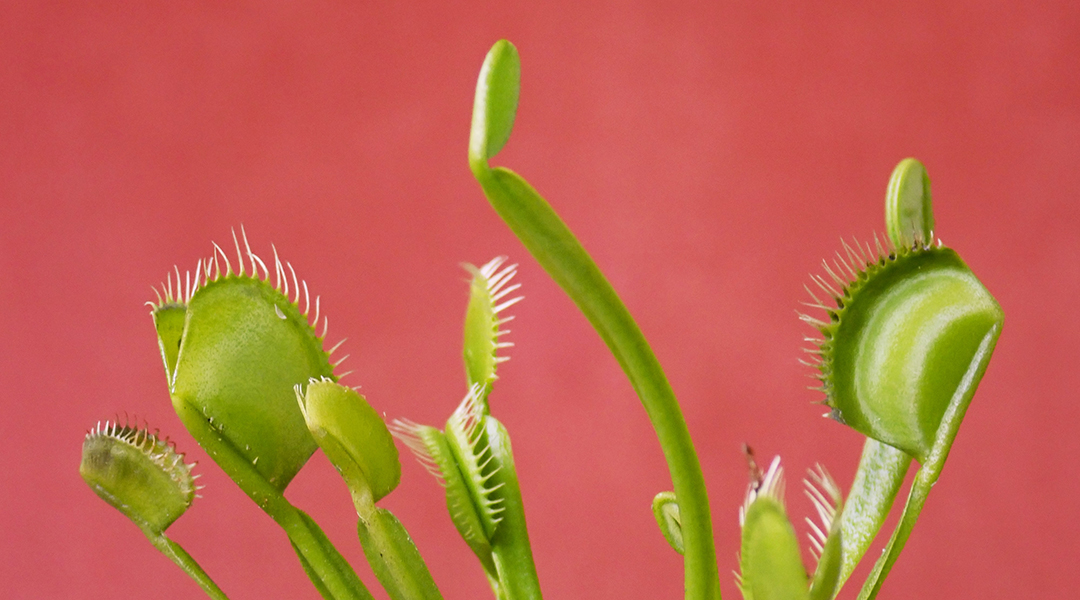
Smooth or with a snap? The mechanics of the Venus flytrap
The reopening of the Venus flytrap may not always be smooth, and new research challenges our previous assumptions about its mechanics.

Sand batteries that are dirt cheap
How big vats of sand could be a key to a sustainable future.

Evolution of the Universe simulated in a lab
Using the motion of sound waves through a superfluid liquid, scientists can model the Universe’s evolution on a reasonable time scale.
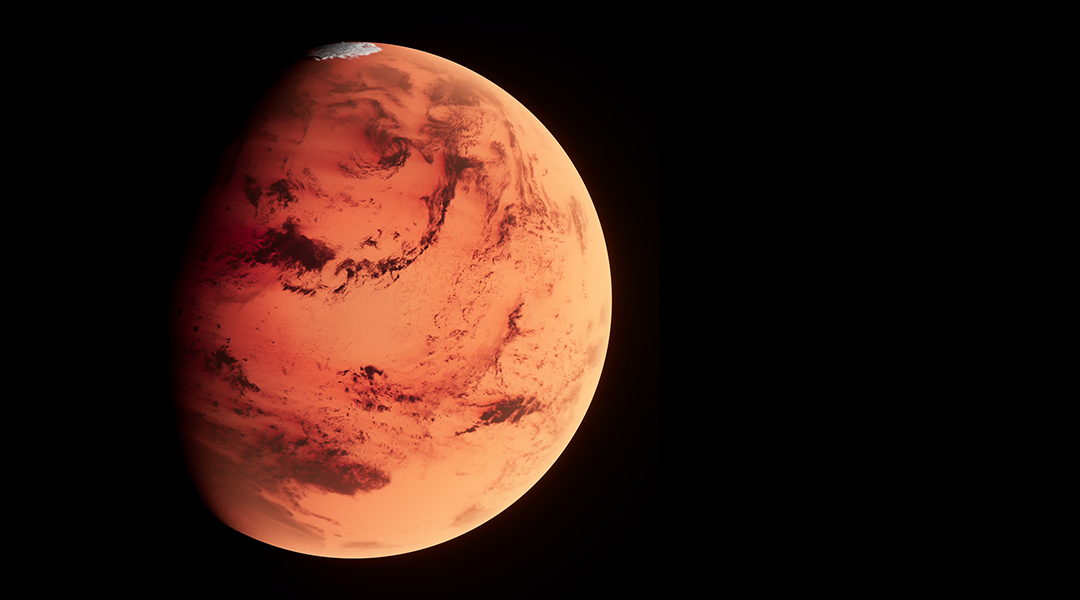
Massive shoreline hints at an ancient ocean on Mars
The 3.5-billion-year-old shoreline provides evidence of an ancient ocean in Mars’ northern hemisphere as well as sea-level rise.

Putting chiral perturbation theory to the test
Scientists put chiral perturbation theory to the test with a set of new experiments that have helped define fundamental properties of protons.
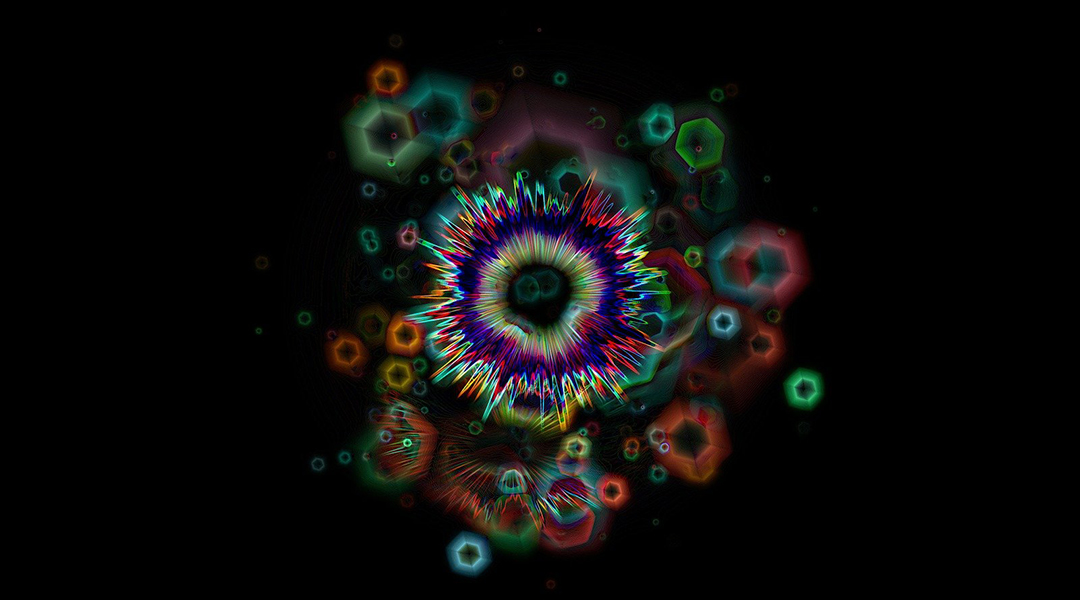
What is quantum gravity?
Quantum gravity seeks to describe gravity according to the principles of quantum mechanics, but can it be done?



